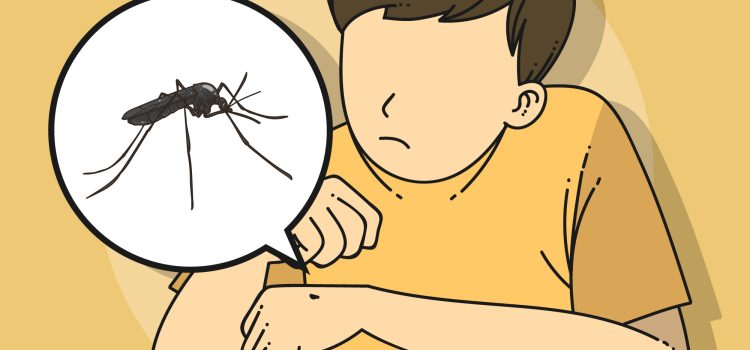
Malaria is a disease caused by a parasite that is spread through the bites of infected mosquitoes. It is a major public health challenge, particularly in developing countries, where it is responsible for significant morbidity and mortality. In this article, we will explore the science behind the spread of malaria and strategies for stopping it.
How Malaria is Spread
Malaria is spread by the bites of female Anopheles mosquitoes, which carry the malaria parasite. When a mosquito bites an infected person, it takes in the parasite along with the person’s blood. The parasite then reproduces in the mosquito’s gut and migrates to its salivary glands, where it can be transmitted to other people through subsequent bites.
The life cycle of the malaria parasite involves both the mosquito and human hosts. In humans, the parasite multiplies in the liver before infecting red blood cells. The infected cells eventually burst, releasing more parasites into the blood stream and causing the characteristic symptoms of malaria, such as fever, chills, and flu-like symptoms.
Stopping the Spread of Malaria
There are several strategies for stopping the spread of malaria, which range from mosquito control to the development of vaccines. Here are some of the most effective strategies:
Mosquito Control
One of the most effective ways to prevent the spread of malaria is to control the mosquito population. This can be achieved through the use of insecticide-treated mosquito nets, indoor residual spraying, and environmental management techniques.
Insecticide-treated mosquito nets provide a physical barrier between people and mosquitoes, while also killing the mosquitoes that come into contact with them. Indoor residual spraying involves applying insecticide to the walls and surfaces inside homes to kill mosquitoes that land on them. Environmental management techniques involve eliminating standing water and other breeding sites for mosquitoes.
Vaccines
The development of vaccines is another important strategy for preventing the spread of malaria. Several vaccines are currently in development, with one vaccine, RTS,S, receiving approval from the European Medicines Agency in 2015. While the vaccine has been shown to be partially effective in preventing malaria in children, further research is needed to improve its efficacy.
Chemoprevention
Chemoprevention involves the use of drugs to prevent the development of malaria in individuals at high risk of infection. This can include the use of antimalarial drugs such as chloroquine, which can be used as a prophylactic measure in areas with high levels of malaria transmission.
Gene Editing
Recent advances in gene editing techniques have led to the development of genetically modified mosquitoes that are resistant to the malaria parasite. This could potentially provide a long-term solution to the problem of malaria, by reducing the number of mosquitoes capable of transmitting the disease.
Conclusion
Malaria is a complex disease that is spread through the bites of infected mosquitoes. While there are several strategies for preventing its spread, including mosquito control, vaccine development, chemoprevention, and gene editing, there is still much work to be done. As research into the biology and epidemiology of malaria continues, it is important to continue developing and implementing effective strategies for preventing the spread of this devastating disease. By working together, we can help protect communities from the impact of malaria and improve public health worldwide.










